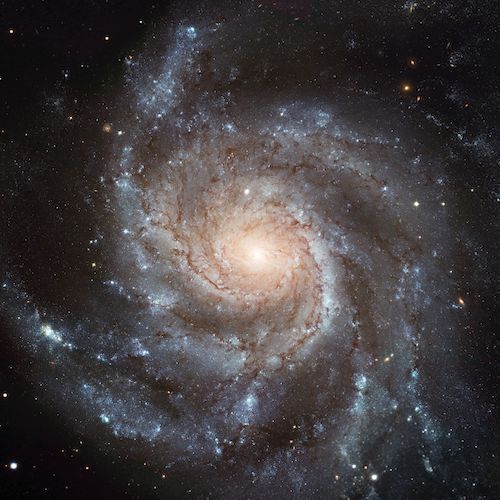

One of the most important tools in an astronomer's arsenal are astronomical observatories or telescopes. Observatories typically serve the purpose of collecting more light (sensitivity) with greater sharpness (resolution) than possible by eye and creating a record (e.g. image) of that light.
Observatories are broadly defined by the combination of a optics, instrumentation, location, and support structure and equipment. All four can make a sigificant difference to how well an observatory performs.

Ground-based telescopes also suffer the effects of the Earth's atmosphere. Most of the ultraviolet and infrared light is blocked by our atmosphere, making astronomy at these wavelength impossible from the Earth's surface. And while visible light can travel through our atmosphere, the effect of the atmosphere is to distort and spread-out the light, making it difficult to see detail and observe faint objects.

In order to record an image a telescope needs to use an instrument, typically an imaging camera or spectrograph. Visible light cameras capture light across a grid of pixels. Smaller pixels provide higher-resolution images but increase the noise in each individual pixels as the same amount of light is spread across multiple pixels. Smaller pixels also produce bigger files.

Because astronomers are often observing very faint objects electronic noise often becomes a major issue. Such noise is reduced by collecting more light, either by using a larger telescope or collecting light for a longer period of time, also know as integrating. To make its iconic Ultra Deep Field, Hubble observed the same patch of sky for two million seconds.


This app was designed and coded by Stephen Wilkins and Darren Baskill at the University of Sussex.
Hubble's Legacy was developed and led by Stephen Wilkins at the University of Sussex with assistance from scientists at 10 other UK universities. Hubble's Legacy is also supported by the Science and Technologies Facilities Council.
The full code for the Hubble Legacy project can be downloaded from GitHub here.